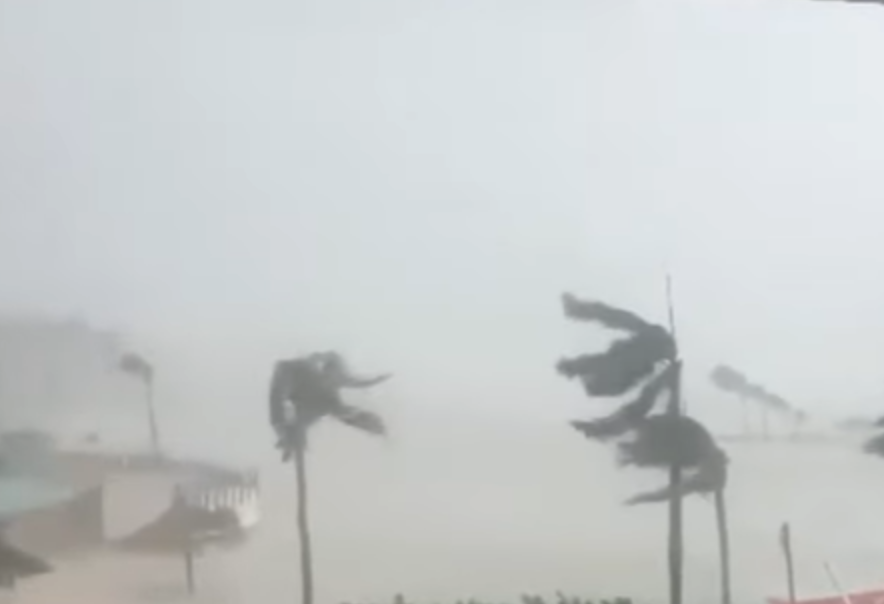Hurricane Melissa has finally moved out of the Caribbean after days of destruction that left at least 50 people dead across Jamaica and Haiti. The powerful Category 5 storm tore through the region with fierce winds and torrential rains, toppling buildings, snapping power lines, and leaving communities in ruins.
In Jamaica, where Melissa made landfall on Tuesday, residents spent Friday assessing the widespread damage. In the historic seaside town of Black River, officials reported that nearly 90 percent of structures lost their roofs, while concrete buildings and power lines lay in ruins. “Everything is gone,” said Michelle Barnes, one of the many residents relying on emergency food handouts after losing her home and belongings.
Jamaica’s Information Minister, Dana Morris Dixon, confirmed 19 deaths but warned that more could be reported as search and rescue teams access remote areas. The government is activating a $150 million catastrophe bond issued with the World Bank to support recovery and relief efforts through 2027.
Meanwhile, in Haiti, at least 31 people have died and 21 remain missing, primarily in the southern region. Over 15,800 people are currently sheltering in temporary facilities as authorities struggle to deliver food and medical aid.
Cuba was also hit hard, though no fatalities have been confirmed. More than 735,000 residents were evacuated as the storm brought up to 380mm of rain, causing the Cauto River to overflow and submerge nearby towns. Rescue teams continue to evacuate stranded residents amid ongoing floods.
According to researchers from Imperial College London, Hurricane Melissa was made four times more likely by human-induced climate change. As recovery begins, regional leaders are renewing calls for wealthier nations to increase climate financing to help vulnerable Caribbean countries cope with escalating climate disasters.

